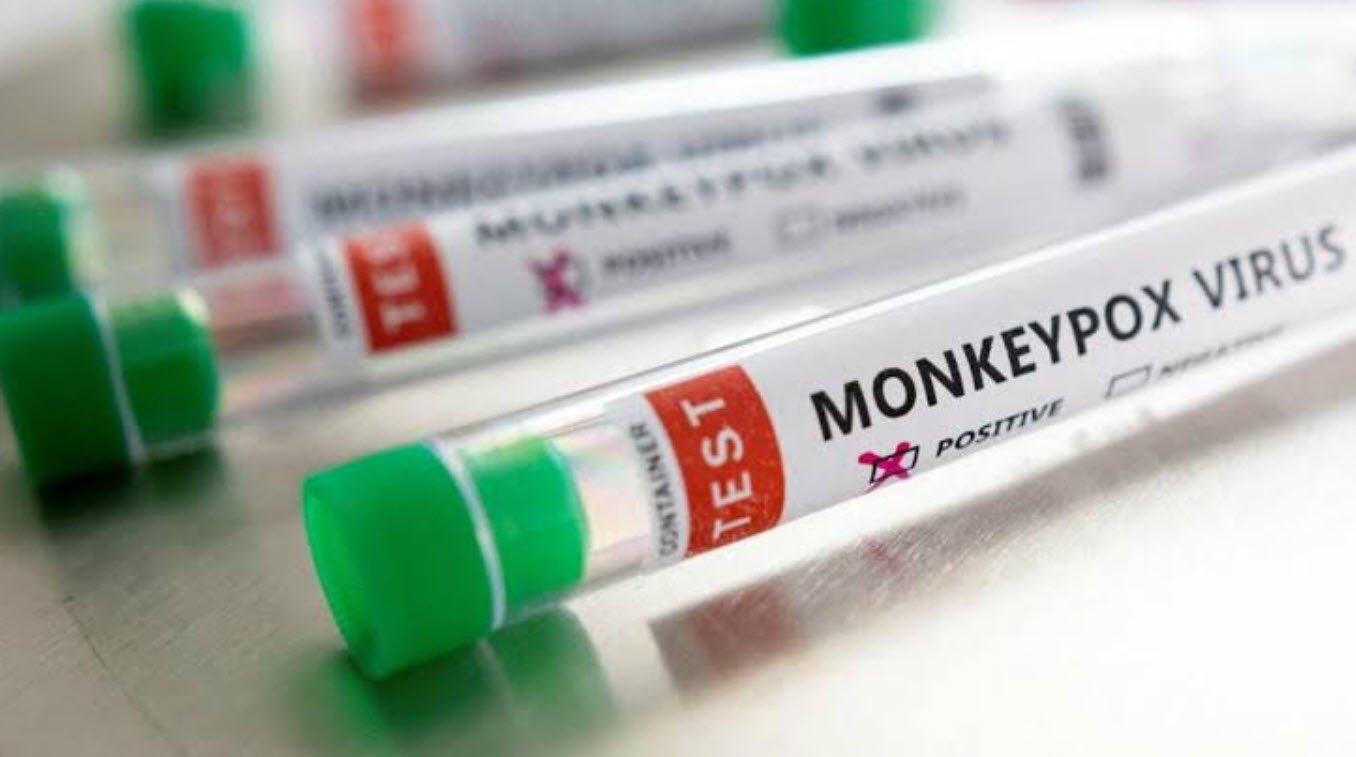
The common cold, also referred to as “acute coryza,” is an upper respiratory tract inflammation brought on by viral infection. It happens more frequently than any other illness. On average, a person gets this illness three to four times per year. Typically, a cold lasts two to ten days. For the first two days or so, the patient is in a terrible mood.
Symptoms
The discomfort of the throat and nasal congestion are the initial symptoms of a cold. All regions of the body are affected by the illness, despite the fact that it typically starts in the nose and throat. Running nose, sneezing, a temperature increase, headache, sore throat, chills, and body aches and pains are among its typical symptoms. The skin around the nostrils many become sore.
Causes
The common cold results from exposure to a virus. Its intensity however, depends upon the state of health of the person and by environmental factors. Lowered vitality, allergic disorders of the nose and throat, chilling of the body, lack of sleep, depression, fatigue and factors such as sudden changes in temperature, dust and other irritating inhalations are important contributory causes for the development of a cold.
The real cause of a cold, however, is the toxic condition of the body brought about by wrong feeding habits such as an excessive intake of starch, carbohydrates, proteins and other acid-forming foods. A cold is, therefore, nature’s simplest way of expelling toxic waste from the human system. The quantity of toxins accumulating in the body and the speed at which they are removed will determine how long the cold lasts.
Treatment
By using common suppressive medications to treat a cold, such as aspirin and codeine, one merely sets themselves up for future problems that are more severe. Since such a treatment abruptly halts the elimination process that is already underway, it drives the poisonous material back into the tissues.
Additionally, medications have no impact on how long a cold lasts. The adage that a cold can be treated in a week with medication or it will pass in seven days is true.
The best way to treat colds is with a healthy diet.
The patient should go on a two-day fast as the ideal method to start the treatment. Only warm water with lemon juice and honey, or fruit juice and hot water, should be consumed at this time. To balance the blood’s acidity, a liquid diet rich in fruit juice must be consumed, and hot beverages must be consumed to aid the kidneys function. Pineapple juice is particularly useful. During this time, a warm water enema should be performed every day to clean the bowels.
After the brief juice fast, three days of only eating fresh fruit are possible. Fresh, juicy fruits like apples, pears, grapes, grapefruit, oranges, pineapple, peaches, melons, or any other fruit in season should be consumed at each of the patient’s three meals while following this regimen. Fruits that are dried, stewed, or canned shouldn’t be consumed. The value of the entire treatment is lost if any additional items are added to the diet.
Following the all-fruit diet, the patient should gradually transition to a well-balanced diet consisting of
- seeds, nuts, and grains as well as
- vegetables
- and fruits.
For a few days, it is best to stay away from foods like meat, fish, eggs, cheese, and carbohydrates. The patient should take a diet that has all the vitamins and minerals the body need to strengthen the system as a whole. But among these nutrients, vitamin C comes in first. It serves as a safe antibiotic and guards against infection. Citrus fruits, green leafy vegetables, sprouting Bengal, and green grammes all contain it.
The common cold can be avoided with frequent use of this vitamin in the recommended daily amount, and if one has already started, big dosages of this vitamin will cure the symptoms and reduce the length of the cold, according to Dr. Linus Pauling, a Nobel Prize–winning scientist.
He believes that the recommended daily intake of this vitamin is between one and two grams, or 100 and 200 mg. At the first indication of a cold, he suggests taking one or two 500 mg vitamin C tablets, and continuing the treatment by taking another tablet every hour.
Among the various natural treatments for the common cold, lime is the most significant. It is very helpful for all kinds of colds and fevers. It needs to be taken very diluted. Lime juice with lots of vitamin C boosts resistance, lowers toxicity, and shortens the length of the disease. Warm water should be used to dilute the lime juice, and a teaspoon of honey should be added. It functions as the best treatment for a dry cough and cold.
An age-old treatment to lessen the intensity of a cold is garlic soup. In addition to its many other medical benefits, garlic also has antibacterial and antispasmodic qualities. Garlic’s volatile oil cleanses the body of all poisons and aids in bringing down fever. In numerous tests, it has also been discovered that drinking a mixture of water-diluted garlic oil and onion juice several times a day is incredibly beneficial in treating the common cold.
Additionally, ginger is a fantastic culinary cure for colds and coughs. Ginger needs to be chopped into small pieces, boiled in a cup of water, drained, and then given a half-teaspoon of sugar. If you have a cold, you should drink it while it’s still hot. Additionally, ginger tea, which is made by boiling water with a few pieces of ginger before adding tea leaves, is a successful treatment for colds and fevers brought on by colds.
Due to its antibacterial qualities, turmeric is a potent treatment for sore throats and colds. A helpful remedy for these circumstances is 30 grams of warm milk mixed with half a teaspoon of fresh turmeric powder. A heated ladle should contain turmeric powder. After that, milk should be added and cooked over a low flame. Smoke from the burning turmeric should be inhaled if you have a running cold. It will cause more nasal discharge and provide relief more quickly.
Water Treatment
If it can be done without exposing yourself too much, taking a hot bath is advised because it can help clear up a lot of chest and nasal congestion. Chest and head colds respond very well to hot packs or fomentations.
As they increase sweating, steam baths, hot foot baths, and hot hip baths are also advantageous. Inhaling steam will aid in clearing out nasal tissue congestion. For a sore throat, gargling with hot water and salt works well. Cold chest packs should be used two or three times a day to help clear the mucus buildup and relieve lung congestion.
Other helpful strategies for treating the common cold include taking a light sunbath, breathing deeply in the fresh air, going for brisk walks, getting enough sleep, and changing one’s routines and attire to suit the season in order to reduce the impact of changing weather.
The practise of yoga poses like bhujangasana, shalabhasana, dhanurasana, and the yoga mudra in vajrasana, as well as yogic kriyas like jal neti and vaman dhouti, and pranayamas like kapalbhati, anuloma-viloma, and suryabhedana, are all effective in treating the common cold.








